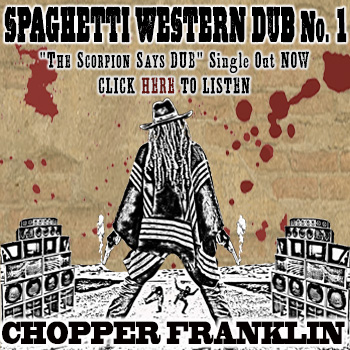Old West Book Review: Dragoons in Apacheland
 Dragoons in Apacheland details the fifteen years from 1846 through 1861 when the U.S. Army was engaged in dealing with the Apaches in southern New Mexico Territory. The conflicts and misunderstandings led to daily turmoil as the dragoons tried bringing peace and order to the region.
Dragoons in Apacheland details the fifteen years from 1846 through 1861 when the U.S. Army was engaged in dealing with the Apaches in southern New Mexico Territory. The conflicts and misunderstandings led to daily turmoil as the dragoons tried bringing peace and order to the region.
Deadly Apache raids, heat, dust, long marches in the desert, lack of decent food and shortages of equipment were only part of what the men were forced to put up with. Army posts usually consisted of crude huts, shabby tents, harsh weather, sick horses and mules, and sometimes squadrons of mosquitoes.
Meanwhile, civilian leaders and politicians from Washington to the Territorial governors, lawmen and regional mayors only added to the confusion. No one seemed to agree on how to handle this new land with its new problems. At the same time, various Apache bands including Mescalero, Mimbres, Mogollon and Chiricahua fought to hold their ancestral homelands. Indian raiding, kidnapping, horse and mule rustling and murder occurred regularly. Some of these Indians took the blame for others, while a few wise old leaders like Mangas Coloradas tried to negotiate peace. Mangas knew instinctively that the wave of white settlers would eventually wipe out the Apache bands by sheer numbers alone. He held off the inevitable as long as he could. The disputes raged endlessly between military men, Apaches, Mexicans, white settlers, and adventurers crossing the territory.
The author gives detailed accounts of the many skirmishes and battles between Apaches and the U. S. Military during those fifteen years prior to the Civil War. Anyone doing research about the Apache Wars and what led up to the 1880s Indian Wars will find this a valuable source of information. Readers will find this book a wonderfully detailed and accurate account of the pre-Civil War period in New Mexico Territory not often written about. This time period seems to have been skimmed over until now, perhaps because people think of the Indian Wars having always to do with the names we are familiar with such as Geronimo, who came much later.
Kiser points out the Apaches presented an obstacle to those politicians, ranchers, farmers and businessmen working toward civilizing the new frontier. Meanwhile, the Apaches driven from their land had good reasons of their own to offer resistance to those encroaching on their old way of life. Both sides of the problem are presented here in careful detail, without taking sides. The reader is given the opportunity to judge for his or herself what can happen when one civilization takes over another.
The book has maps showing the Chiricahua Apache homelands that extended from New Mexico (part of what is now southeastern Arizona) and far into Sonora, Mexico. Eventually part of New Mexico Territory would split off and become Arizona Territory. At the outbreak of the Civil War, the American troops were called back east for the horrific fighting about to begin. At that time New Mexico was not a priority for the United States government until the Civil War ended, and troops returned to the Western Frontier.
Carefully written and accurately documented, the author has gleaned his information from military records, U.S. government documents and publications, newspaper accounts and important books and papers on the subject. Personally, he explains how when he was a child, his father took him to some sites of the old abandoned forts. Here, sifting through the debris with a metal detector, he found a few precious mementos that piqued his interest to eventually write this book, an important addition to your Old West library. Be sure and get your copy HERE.
Editor’s Note: The reviewer, Phyllis Morreale-de Ia Garza is the author of numerous books about the Old West, including Hell Horse Winter of the Apache Kid, published by Silk Label Books, P.O. Box 700, Unionville, New York, 10988-0700 www.sllklabeIbooks.com.
*Courtesy of Chronicle of the Old West newspaper, for more click HERE.






Leave a Reply